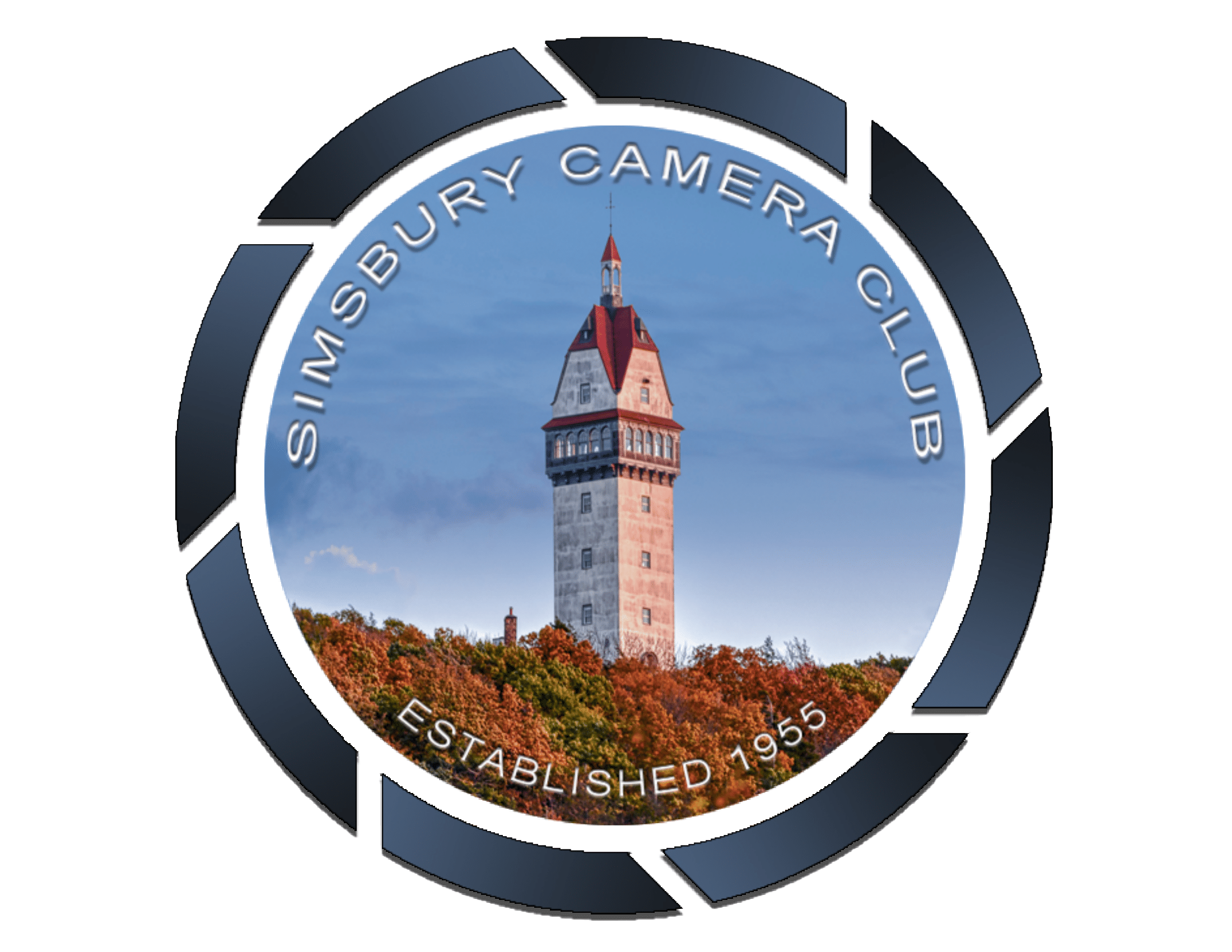Back to Contest Categories List
Travel (Regular)
Maximum can submit 2 images
Travel
The Simsbury Camera Club adheres to the definition of Travel of the Photographic Society of America (PSA) updated May 2020
A Photo Travel image is a portrayal of the real world we live in, as it is found naturally. There are no geographic limitations.
Content guidance:
1. If the image is predominantly or exclusively a land-, sea- or cityscape, these “scapes†should include characteristic, distinctive and recognizable physical features, although it is not necessary that the image identify the exact location.
2. Images that predominantly or exclusively depict people and their activities should illustrate a distinctive culture of a country, region, or continent.
3. Images that predominately or exclusively depict animal populations are allowed, if the animals are in their native environment and are characteristic of that country, region, or continent.
4. Portraits or other close-ups of people or objects, in addition to meeting the above paragraphs as applicable, should include elements depicting some of the surrounding environment to make it obvious that the image was not taken in a studio setting.
5. Images from events or activities arranged for photography, or of subjects directed or hired for photography, are NOT allowed.
6. Time exposures are allowed, if they do not dominate the image as a special effect (star trails, for example, are a dominating effect).
7. Images should appear realistic. This is not an altered reality category.
Editing guidance:
Processing or editing must be limited to making the image look as close to the original scene as possible, except that conversion to grayscale monochrome is allowed.
Allowed editing techniques:
1. Cropping, straightening and perspective correction.
2. Removal or correction of elements added by the camera or lens, such as dust spots, noise, chromatic aberration and lens distortion.​
3. Global and selective adjustments such as brightness, hue, saturation and contrast to restore the appearance of the original scene.
4. Complete conversion of color images to monochrome - defined as giving the impression of having no color (i.e., contains only shades of grey which can include pure black and pure white) OR gives the impression of being a greyscale image that has been toned in one color (i.e. sepia or cyanine) across the entire image. Selective coloration is not allowed.
5. Blending of multiple images of the same subject and combining them in camera or with software (exposure blending or focus stacking).
6. Image stitching – combining multiple images with overlapping fields of view that are taken consecutively (panoramas)
Editing techniques that are not allowed:
1. Removing, adding to, moving or changing any part of an image, except for cropping and straightening.
2. Adding a vignette during processing.
3. Blurring parts of the image during processing to hide elements in the original scene.
4. Darkening parts of the image during processing to hide elements in the original scene.
5. All conversions other than to complete grayscale monochrome.
6. Conversion of parts of an image to monochrome, or partial toning, desaturation or over-saturation of color
